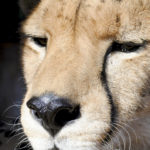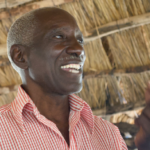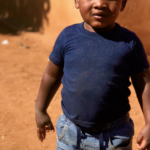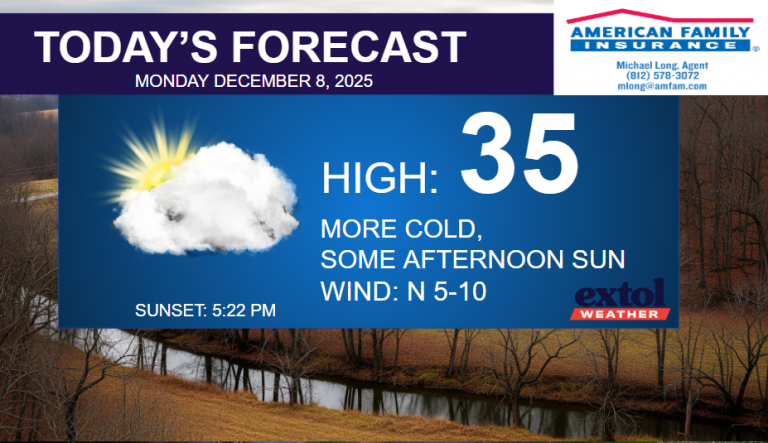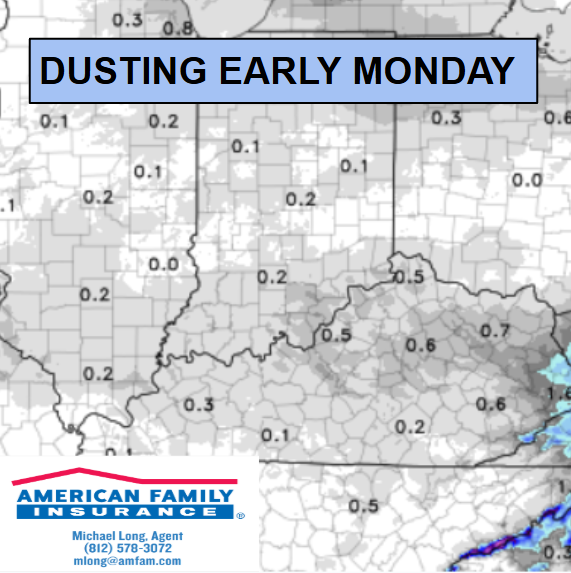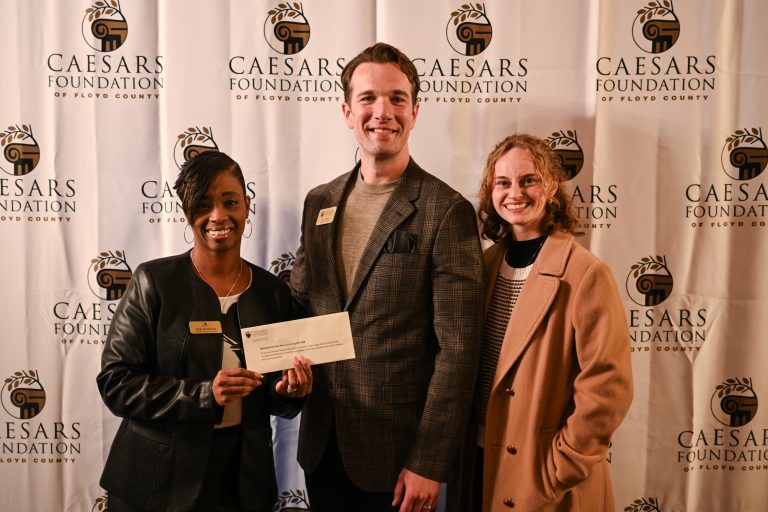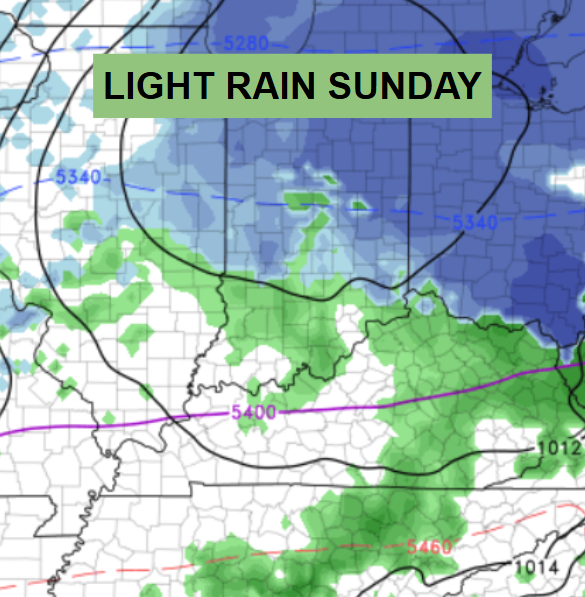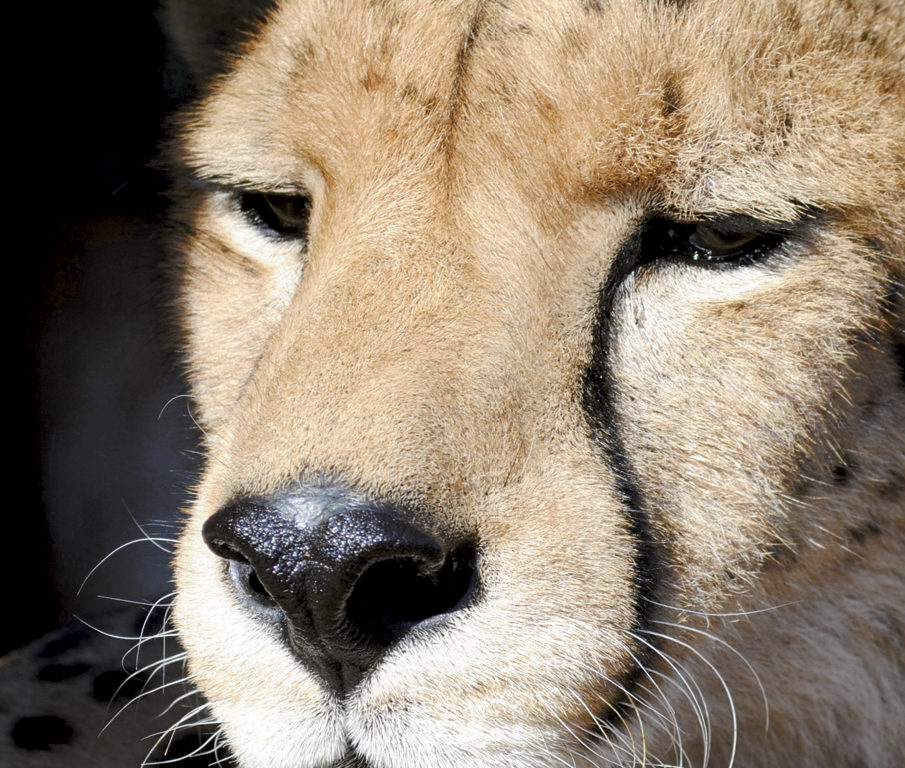
Story and Photos by Eli Lucas
Editor’s Note: Ray Lucas, our regular columnist, opted to give way to his son for this month’s A Life in Progress column.
s a photography enthusiast, I love capturing images, but I feel it sometimes separates me from the moment. Recently, I was fortunate enough to travel to Southern Africa with my grandmother and my great aunt. As we journeyed through South Africa, Zambia, Zimbabwe and Botswana, I found myself in a photographer’s paradise.
A cheetah 2 feet away, elephants by the dozen, provocative urban photos and rolling landscapes that make Floyds Knobs look like an ant hill.
For weeks, I captured Southern Africa through a lens, taking hundreds of images until one man from a village in Zimbabwe challenged me to use my camera with stronger purpose.
The afternoon after I had fed elephants in Victoria Falls, I travelled to the local village, Ko Mpisi. When I stepped off the bus, I was greeted by a man who met me with a smile and a handshake. I smiled right back and pulled my hand away to reach into my camera bag. I asked if I could take a photo of him and he complied.
As I toured his village, he explained that he represented over 1,000 people who lived in the bush and how his way of life was simple and honest. I nodded, smiled and clicked away.
I harvested corn with the locals… click.
I watched a man cook a chicken for his family… click click.
I entered a hut to see where his family slept at night… click, click, click.
I felt a hand on the shoulder that my camera strap rested on. It was the village leader, the same man that greeted me when I got off the bus. He approached to tell me that his village hosted people from all around the world and that I should consider returning. He reached for my hand and shook it but didn’t let go. He held my hand in his for what felt like minutes, as if we had been friends for decades. He asked me to consider returning to his village to live. The feeling of a stranger’s hand in my own as he asked me to adopt his people’s culture was overwhelming; I nodded my head and explained that if I could come up with the funds I would return next summer. He smiled and nodded but didn’t let go. His eyes never strayed from mine and his hand never flinched despite the growing heat between our palms. No photo could’ve captured what I felt in that intimate moment in the Zimbabwe desert.
Going into the trip, I was searching for picturesque material that Google Images showcase.
As the journey progressed, I developed an appreciation for the land that I walked on and the people I met. By the last safari, I decided to leave my camera at the lodge. I took care to listen to the names of each person I met, and I decided to adopt the village leader’s prolonged handshake when I greeted people. When I returned home, I discovered that I had taken close to 2,000 photos over the first two weeks, and less than 200 during the last week. My most valuable photos were taken in one or two clicks, not a dozen.
They say a photo is worth a thousand words.
However, a photo can’t capture the surprisingly powerful hum of a cheetah’s purr.
A photo can’t capture the way an elephant thanks you with her eyes after you feed her.
Or how a fried mopane worm crunches before it melts in your mouth.
I learned that as much as I wish it could, a photo can’t capture the heat that generates between two hands held together beneath the African sun.





